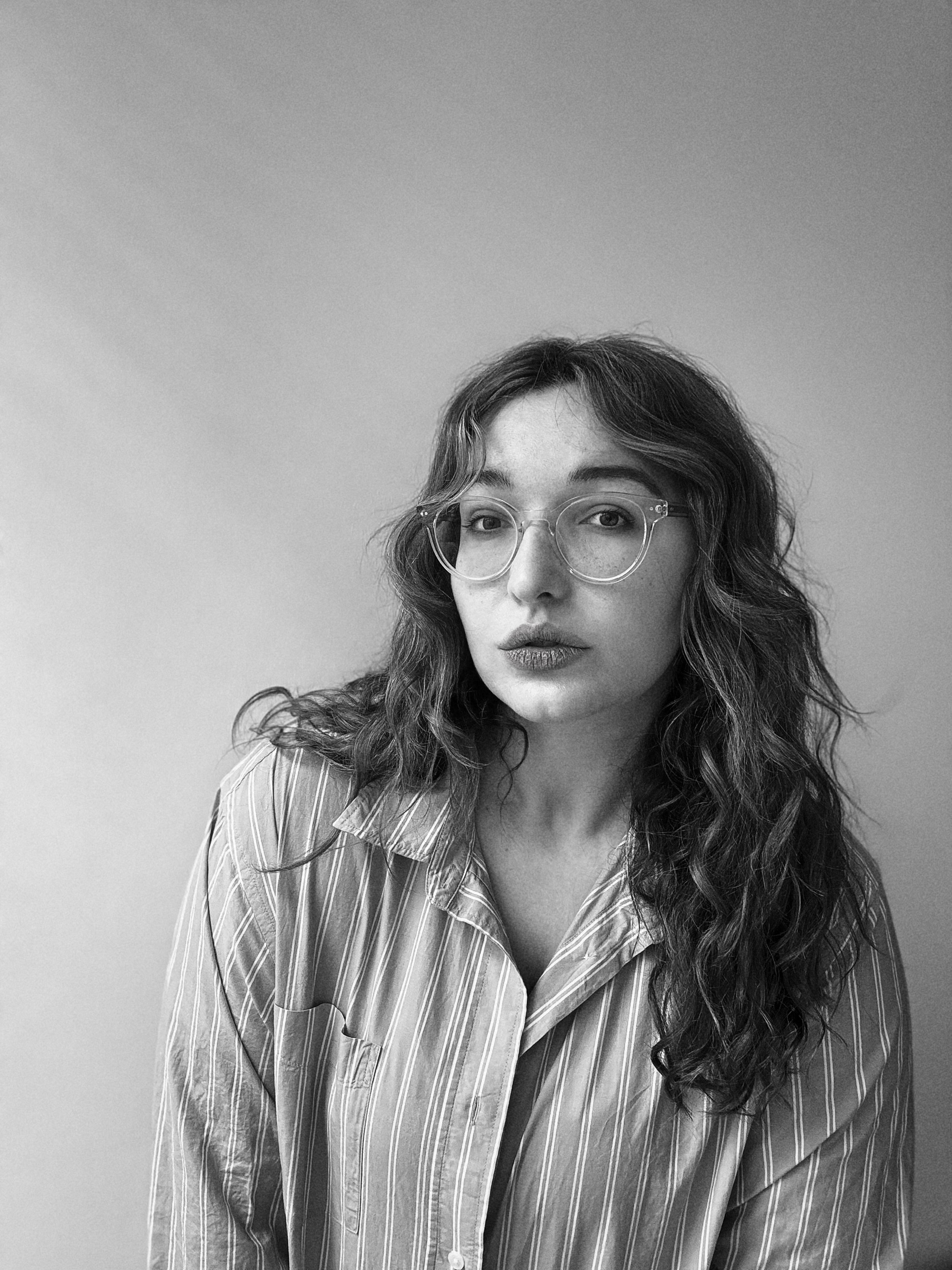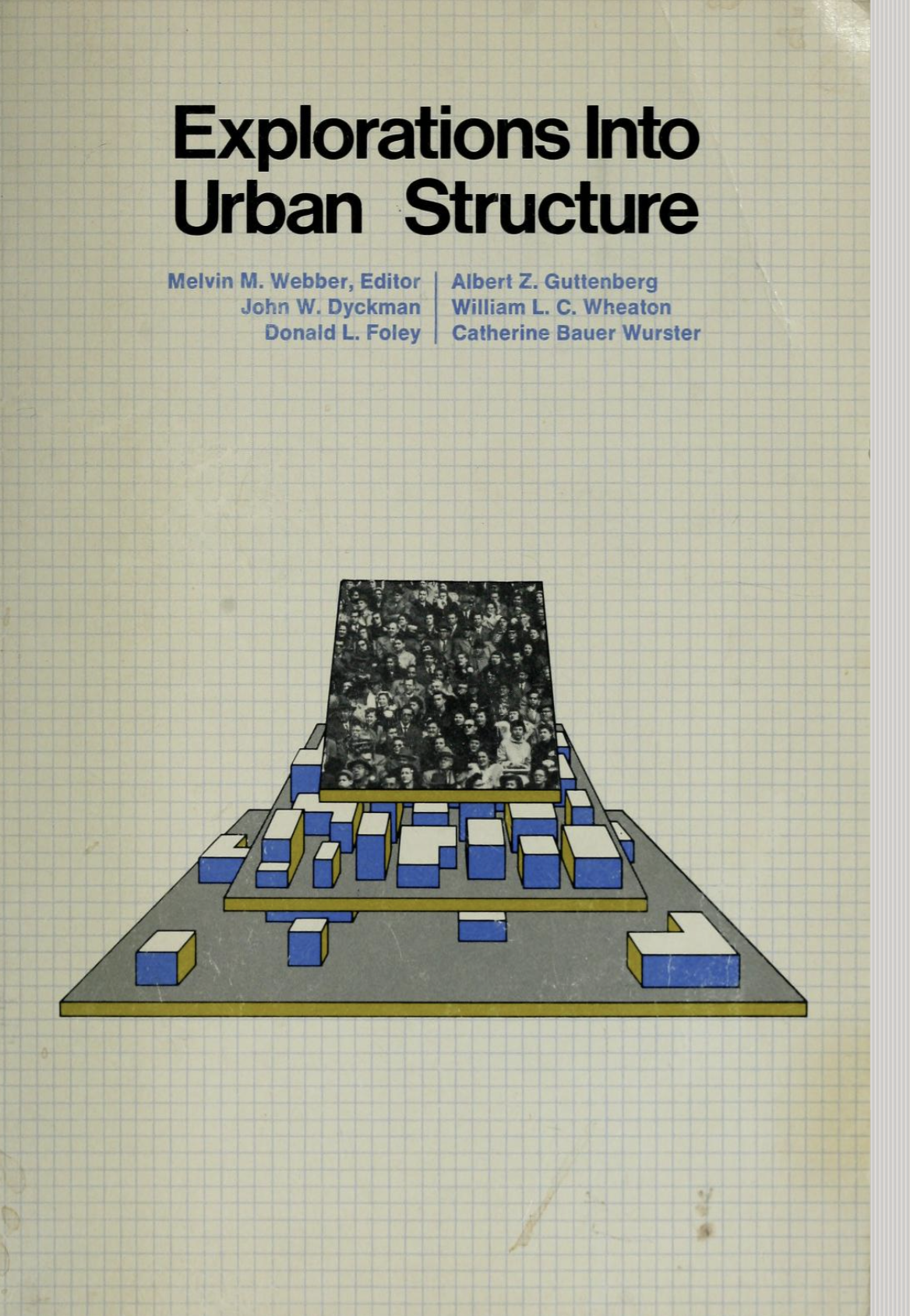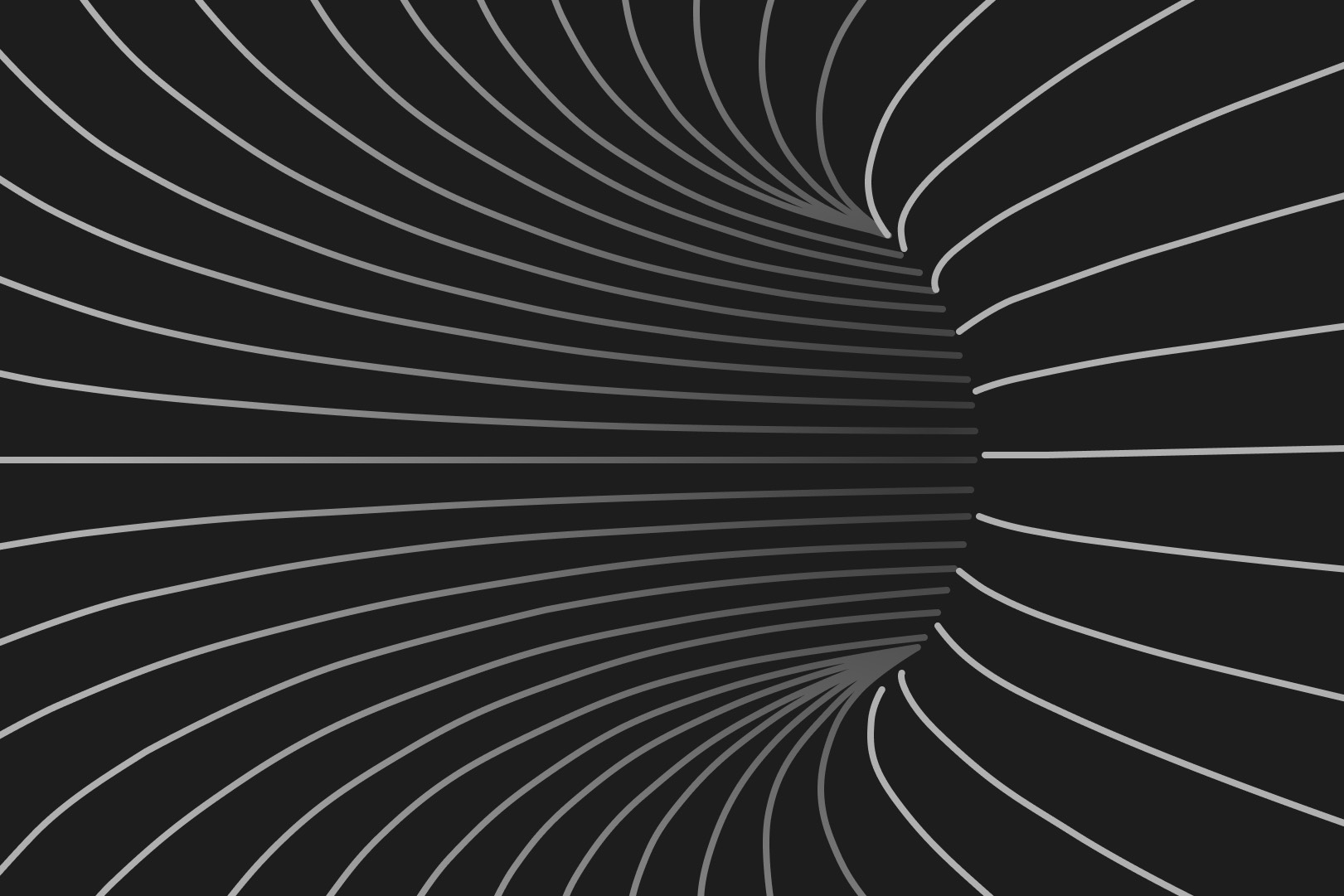Let's start by laying the groundwork—what is Systems Thinking and Systems Design?
I use the terms interchangeably, but essentially, systems design is a discipline that addresses complex, interconnected problems that are difficult or impossible to define and solve definitively. I am a massive proponent of using systems design methodology in our design process. I have used it to solve challenges across various industries, from healthcare, urban planning, pharma, and currently, gaming, focusing on the relationship between hardware and software. This approach is beneficial in the context of digital products, how they exist in the real world, and what challenges they solve. I'm being vague here as it's difficult to describe without going into details of a tangible example, but essentially, systems design is a framework for uncovering and addressing challenging problems. It can be applied in many different industries; of course, in my context, I use it as a designer working in tech.

How did you get into this field? What's your design background?
My background is in visual communication; I studied Vis Comm at NCAD and graduated in 2016. I guess at the time, we were limited to Industrial Design and Visual Communication when it came to the kind of design I wanted to pursue—I was torn between the two—but I ultimately decided to pursue Vis Comm; however, I never really let the course limit my interests, and I dabbled a lot in digital design and even architecture. Realistically, what I wanted to study was architecture so a lot of my final year projects were architectural. This made a lot of sense to me later on—I didn't go on to create physical spaces but I do create digital and virtual spaces these days.
As for how I got into the systems design field, after working for design and branding agencies for the first 2.5 years of my career, I found myself moving more and more toward digital. In 2019, I landed a job at Fjord. Fjord was a full-service design agency acquired by Accenture in 2013. In Dublin, Fjord was positioned within The Dock, Accenture's only global innovation hub at the time. We had some absolutely incredible people in Fjord from whom I learned so much, including systems thinking and design. We had this holistic approach to products and innovation that examined and mapped our clients' current state, their processes, pain points, and technologies. The method was really rigorous, and we were able to identify problem areas and areas most suited for innovation. It really piqued my interest, so I made sure to learn from my colleagues and seek out projects where I could get involved in this kind of work. We were really serious about growing this discipline in our team. We even had Hugh Dubberly, one of the leading voices in systems design today, run sessions and workshops with us. They were all incredibly informative and inspiring.
What drew me into the field was the structure that allowed us to make better and more informed decisions regarding the solutions we were building. I became interested in applying systems design to healthcare, public services, and urban planning areas. I saw so much value in what systems design can offer regarding challenging topics and complex questions. And I really like maps; mapping stuff out brings me a lot of satisfaction. Eventually, I moved to Pfizer, where I applied this thinking to solving digital manufacturing challenges. I am currently at Logitech, where I have applied this methodology to our hardware-software challenges.
Where does visual design fit in, or does it?
With some adjustments here and there, applying systems thinking to visual design can definitely have its benefits, but applying visual design to systems thinking is also incredibly useful. To start with the former - the way I see it, systems thinking can be a fabulous tool when developing a brand identity and a brand strategy. Systems design is all about framing the challenge, mapping the process, pain points, and insights, and synthesising those findings; this can neatly fit into the development of a brand strategy; we don't want to just create a logo and pick a random colour palette, we want it to have meaning and be informed and most importantly efficiently communicate our decisions to the client. A brand logo is only a small part of the brand strategy and identity, which includes the purpose & vision, differentiation & positioning, the brand experience, target audience, and brand voice. To do this effectively, we need to understand our client and their needs, customers, and processes. The systems design methodology can help us build this brand strategy.
On the other hand, applying visual design to systems thinking lets us visualise our findings and communicate them effectively to stakeholders or clients. This type of work might require a visual designer to work with systems designers and other subject matter experts to collect the relevant information and find the best way to visually represent it.
Could you share some examples of systems thinking or systems design in action?
Hugh Dubberly's TrustTheVote Election Technology Framework is a good example of how I approach systems design. It involves the relationship between people, processes, technology, and data to deliver a digital experience. His model of Alzheimer's Disease is also another interesting systems piece.

I'm a huge fan of how systems thinking and design can be applied to urban planning. While I don't have any project examples that detail how this process is applied to urban planning, there are a couple of papers and books on the subject that are really interesting; Melvin M. Webber was a pioneering urban designer and theorist who not only contributed significantly to urban design but the systems design practice overall. David Orr has interesting perspectives on green cities and systems design applications. His area of expertise is environmental sciences and politics.
If you're interested in the topic, some compulsory reading includes Thinking in Systems by Donella Meadows and The Fifth Discipline by Peter Senge.
—
In part two, Sara dives deeper into the methodology and how it can be used across various design disciplines. Stay tuned!
